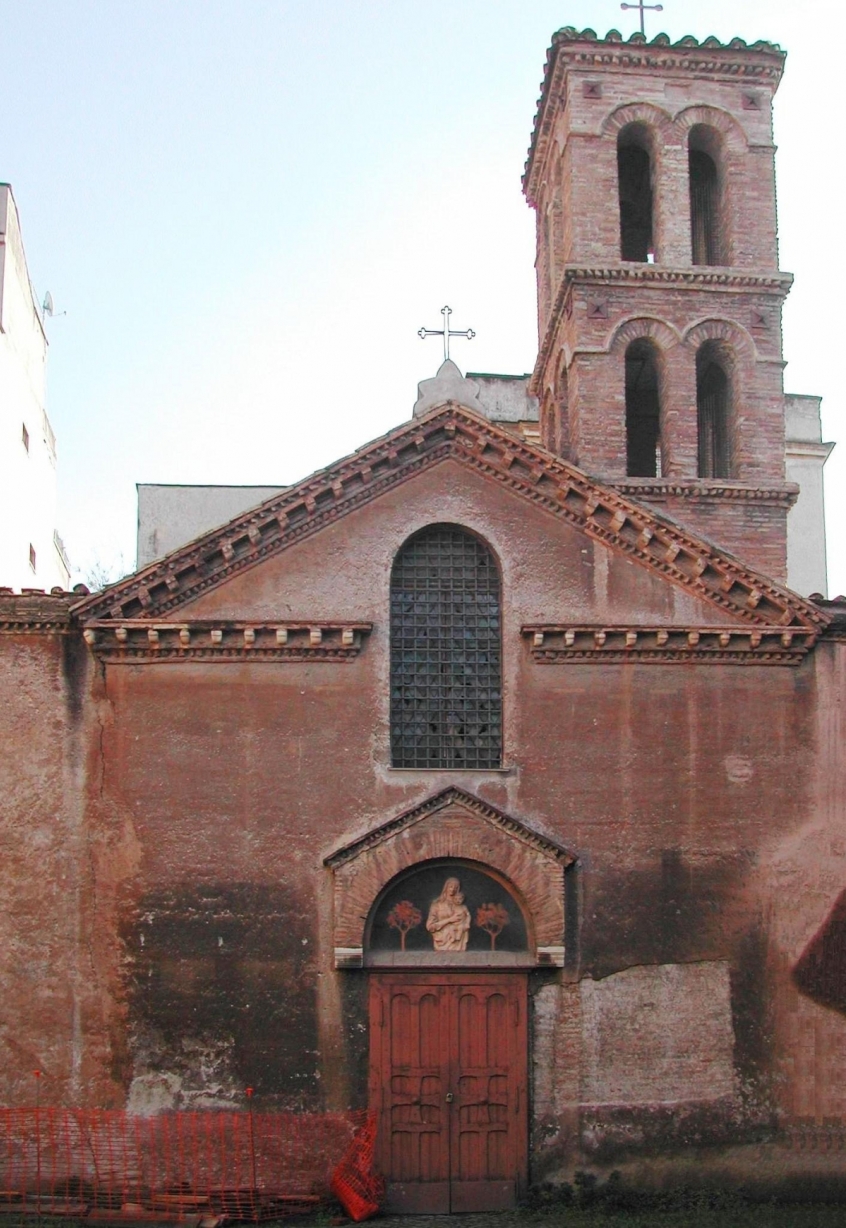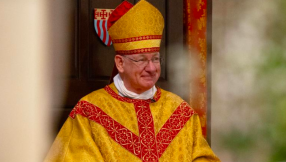
Bones attributed to St Peter have been found inside an ancient church in Rome during routine restoration work, according to reports.
The apparent relics of the Apostle, who is regarded by Catholics as the first Pope, were found in clay pots in the Church of Santa Maria which dates back 1,000 years and is situated at Cappella in the district of Trastevere, a medieval warren of cobbled streets on the banks of the Tiber River, The Telegraph reported.
The discovery was made when a workman lifted up a large marble slab near the medieval altar in the church, which has been closed to the public for 35 years because of structural problems.
He found two Roman-era pots with inscriptions on their lids indicating that bone fragments were inside belonging to St Peter, along with those of three early Popes – Cornelius, Callixtus and Felix – and four early Christian martyrs.
The workman immediately notified the church's deacon, Massimiliano Floridi, who told the Italian television channel Rai Uno: 'There were two clay pots which were inscribed with the names of early Popes – Peter, Felix, Callixtus and Cornelius. I'm not an archaeologist but I understood immediately that they were very old. Looking at them, I felt very emotional.'
According to The Telegraph, it had been known for centuries that the relics might exist, with a stone inscription in the church claiming they were kept alongside a fragment of a dress worn by the Virgin Mary.
The remains have been handed over for further study by the Vatican, which said that it was too early to comment on the discovery.
'We're waiting for a detailed study to be undertaken,' said the deacon. 'A DNA comparison between these bones and those kept by the Vatican would shed light on the issue.'
It is not known how or why the relics would have come to be interred in the Church of Santa Maria in Cappella, which was consecrated in 1090.
One theory is that, at a time of schism within the Catholic Church, they were transferred there from the Vatican by Pope Urban II.
Urban faced a challenge from an 'anti-pope', Clement III, who had set up a rival power base in Rome, backed by the Holy Roman Emperor Henry IV.
The church in Trastevere was closely linked to Pope Urban and may have been seen by him as a secure place in which to hide the bones, according to The Telegraph.
St Peter is believed to have been crucified, upside down, in Rome in the first century AD.
His remains were interred in a tomb on the Vatican Hill, where the Emperor Constantine later built a church, which was replaced by the current basilica in the 16<sup>th Century.
After the Second World War, archaeologists discovered a funerary monument there with a casket built in honour of St. Peter and an engraving in Greek that read 'Petros eni' – 'Peter is here'.
The remains were forensically examined in the 1960s, with experts concluding that they belonged to a man in his early sixties who lived in the first century AD. Pope Paul VI declared them the bones of St Peter in 1968.
Pope Francis publicly unveiled the bone fragments during a Mass in 2013, the first time that the nine pieces of bone – encased in a box inside a bronze display case – had ever been displayed in public.













